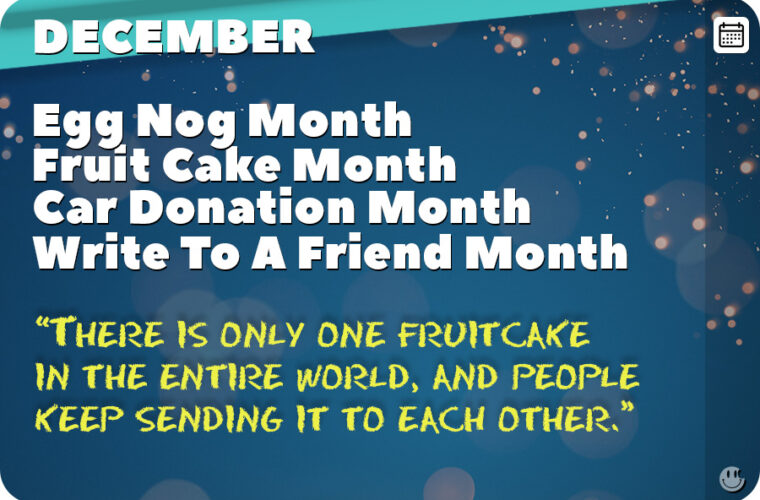 |
The Dust Bowl |
The Dust Bowl was a severe environmental disaster that took place in the American Midwest during the Great Depression. A prolonged drought, poor agricultural practices, and economic hardship led to widespread dust storms, soil erosion, and devastation for farmers and communities.
The Dust Bowl was a catastrophic environmental event in the American Midwest during the 1930s, with severe drought and dust storms causing widespread devastation. The disaster led to significant population displacement, influenced popular culture, and ultimately spurred the creation of conservation initiatives to protect against future ecological crises. |









